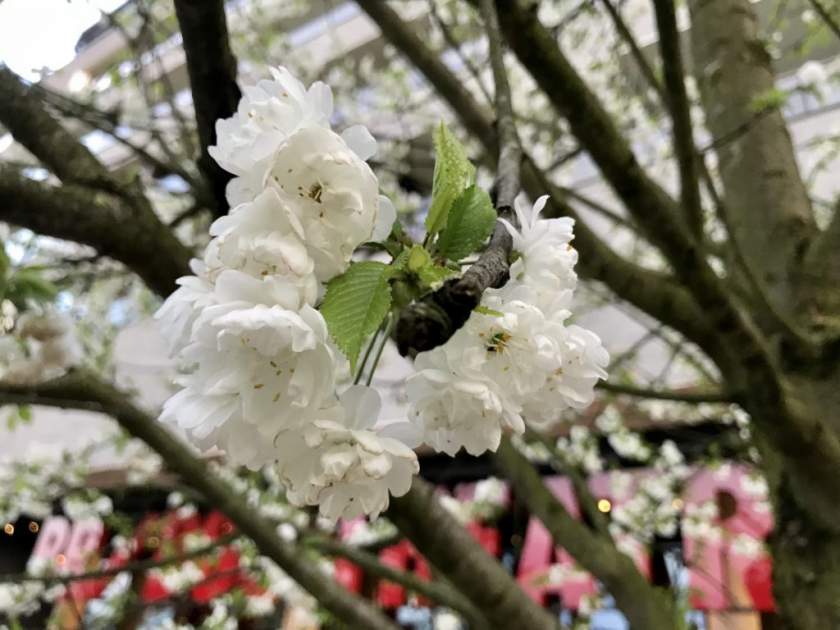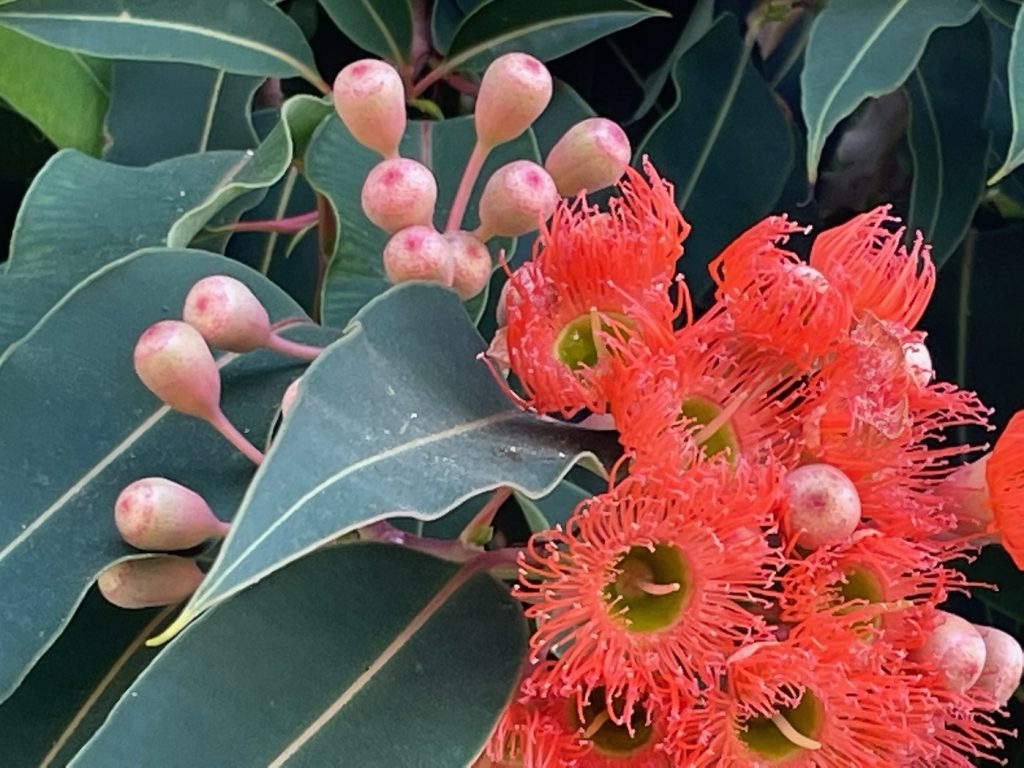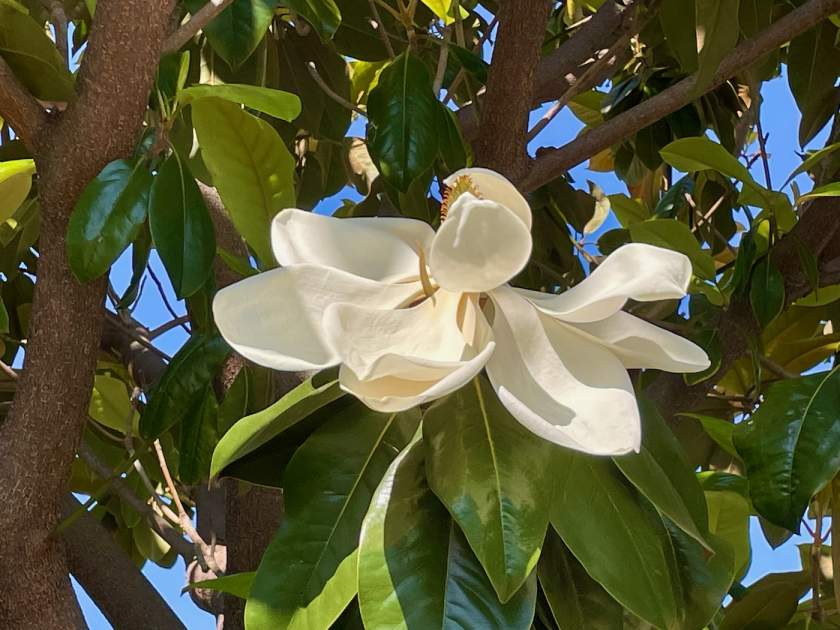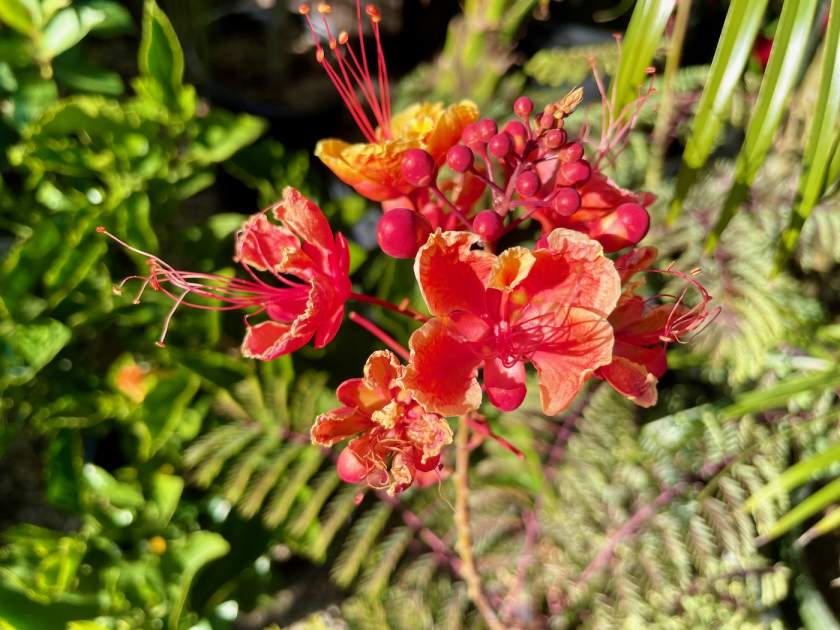Prunus serrulata: The Delicate Flowering Cherry Tree
Background and Characteristics: Prunus serrulata, commonly known as the Flowering Cherry Tree, is a species of cherry tree native to Asia, specifically China, Korea, and Japan. It is celebrated as one of the iconic symbols of spring, admired for its profusion of exquisite blossoms.
Description and Habitat: Prunus serrulata is a deciduous tree that can reach a height of 12 meters or 39 feet. It features smooth dark green leaves, typical of cherry trees, which emerge after the vibrant blossoms. The flowers are produced in clusters and vary in color from white to pink. While the wild cherry trees bear bitter fruit, Prunus serrulata is primarily grown for its ornamental value and not for its edible fruit.
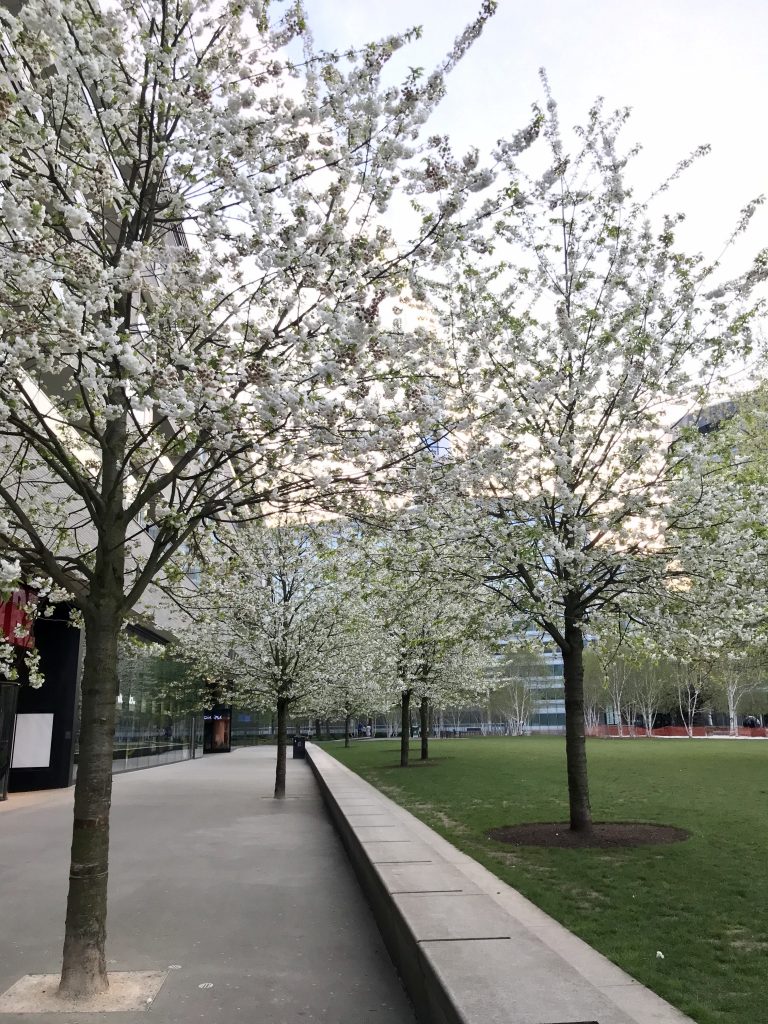
Cultivation of Prunus serrulata:
Sunlight: Prunus serrulata thrives in full sun but can tolerate partial shade. It requires a minimum of four hours of direct sunlight daily to ensure healthy growth and abundant flowering.
Watering: Plant the tree in early spring, after the risk of frost has passed in cold climates. Prunus serrulata prefers moist and fertile well-drained soil. Regular watering is necessary, particularly during dry periods, to maintain optimal soil moisture.
Pest and Disease Control: While Prunus serrulata is generally easy to grow, it is prone to certain diseases and pests. Vigilance is important to prevent and address issues such as silver leaf, blossom wilt, mining moths, bullfinches, and leaf-mining caterpillars.
Pruning: Pruning of Prunus serrulata should be kept to a minimum, with only minor removal of dead branches recommended. If shaping is desired, it is best to prune the tree after the flowers have finished blooming.
Varieties of Cherry Blossom Trees:
- Amanogawa: This variety is a smaller tree with double pale pink flowers adorning its erect branches.
- Asano: Known for its chrysanthemum-like deep pink flowers, the Asano variety also features bronze-colored new leaves.
- Kanzan: Clusters of double deep pink flowers are characteristic of the Kanzan variety. Its new leaves have a striking bronze color.
- Mt. Fuji or Shirotae: With white flowers that transition to a pinkish hue before falling, this variety boasts larger blooms and a horizontal branching pattern, making it suitable for smaller gardens.
- Royal Burgundy: Noted for its dark pink flowers and purplish leaves, the Royal Burgundy variety adds a dramatic touch to any landscape.
- Shirofugen: Displaying small double pink flowers that fade to white, the Shirofugen variety also features reddish leaves and a fragrant aroma.
- Shogetsu: Hanging clusters of six large white flowers are the highlight of the Shogetsu variety, creating an enchanting spectacle.
- Ukon: Known for its double large creamy white flowers, the Ukon variety’s new leaves exhibit a lovely bronze color.
Sakura and Hanami Tradition:
Cherry blossoms, known as Sakura, hold deep cultural significance in Japan and are considered the national flower. The tradition of Hanami, meaning “flower viewing,” originated in the 8th century as a custom of the imperial court and has since been embraced by the general public. Hanami involves the appreciation of cherry blossoms while enjoying the company of others, often accompanied by the drinking of sake.
The cherry blossom season, tracked by scientists in Japan, typically starts in Okinawa in January and progresses northward, reaching Kyoto around March. The Hanami festival celebrates the beauty of the cherry tree, bringing communities together to marvel at the ephemeral display of delicate blossoms. It serves as a reminder of the transient nature of life and the beauty found in fleeting moments.
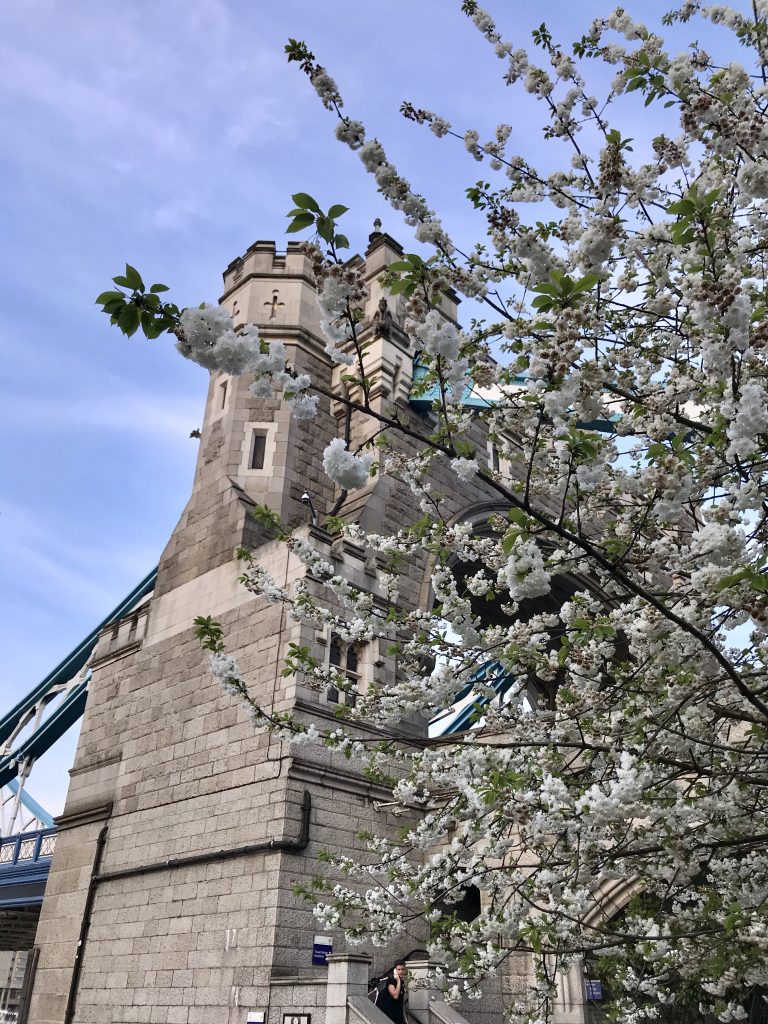
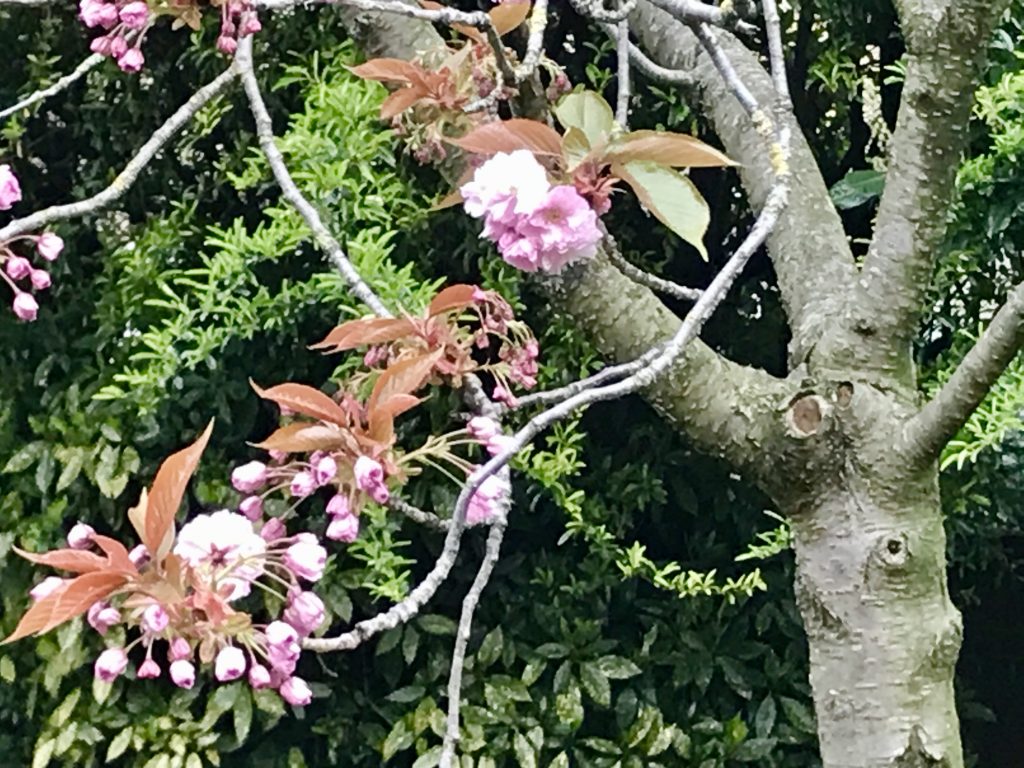
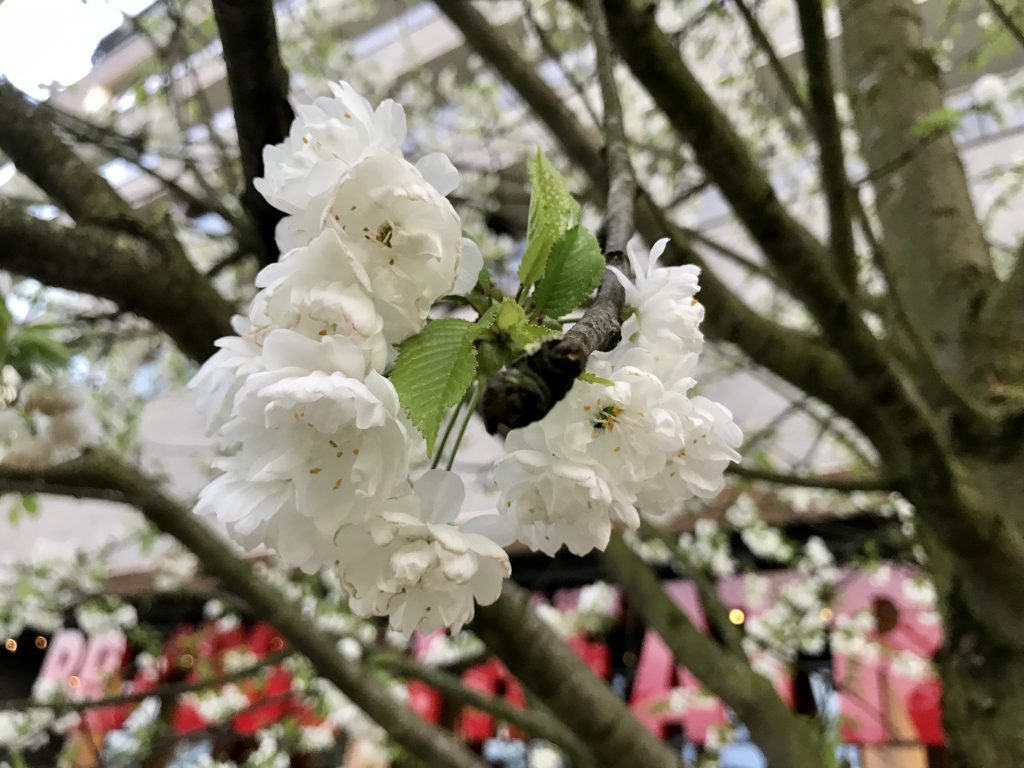
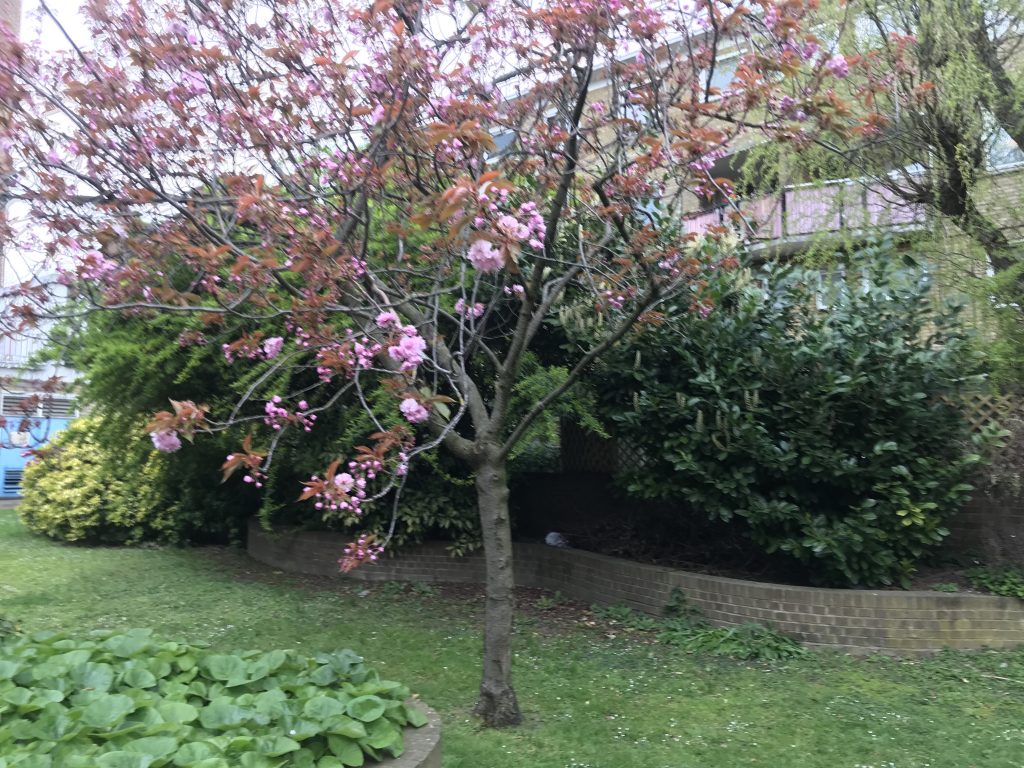
Also, read about Prunus serotina or Black Cherry

